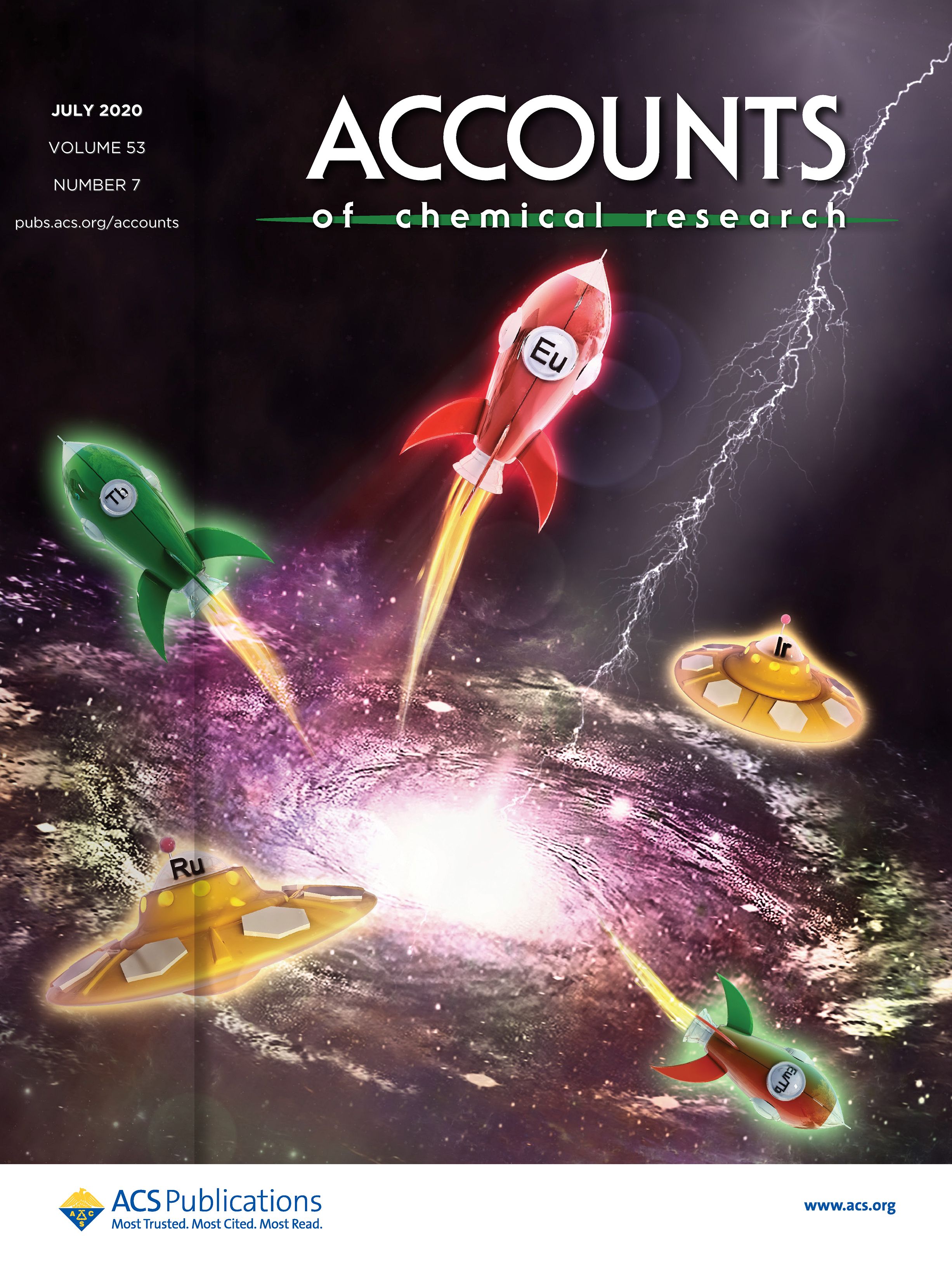
Title: Responsive Metal Complex Probes for Time-Gated Luminescence Biosensing and Imaging
Abstract:
The development of reliable bioanalytical probes for selective and sensitive detection of particular analytes in biological systems is essential for better understanding the roles of the analytes in their native contexts. In the last two decades, luminescent metal complexes have greatly contributed to the development of such probes for biosensing and imaging due to their unique spectral and temporal properties, controllable cell membrane permeability, and cytotoxicity. Conjugating an analyte-activatable moiety to the metal complex luminophores allows the production of responsive metal complex probes for this analyte detection. Owing to their long-lifetime emissions, the responsive metal complex probes are accessible to the technique of time-gated luminescence (TGL) detection and imaging. With a delay time after pulsed excitation, the TGL technique allows for collection of only long-lived luminescence from responsive metal complex probes, while filtering out short-lived background autofluorescence, providing a background-free approach for the detection and imaging of the analyte at subcellular and/or molecular levels. Responsive metal complex probes, therefore, have emerged as complementary sensing and imaging tools of organic dye-based fluorescent probes for the in situ detection of analytes in complicated biological environments.
In this Account, we describe the advances in the development of metal complex probes and their applications for TGL bioassays with particular focus on our efforts made in this field. We first introduce the photophysical/-chemical properties of luminescent metal complexes, including lanthanide (europium and terbium) and transition metal (ruthenium and iridium) complexes. The luminescence lifetimes (τ) of lanthanide and transition metal complexes are at micro/millisecond (μs/ms) and hundreds/thousands nanosecond (ns) levels, respectively. The emission lifetimes are significantly longer than the autofluorescence lifetime (τ < 10 ns) of biological samples. Such long-lived luminescence of these metal complexes enables our research on demonstrating responsive probes for background-free TGL detection of some reactive biomolecules, such as reactive oxygen/nitrogen species (ROS/RNS) and biothiols.
We conclude this Account by outlining the future directions to further develop new generation responsive TGL probes for promoting their practical applications. The responsive TGL probes are expected to be translated for biomedical and/or (pre)clinical investigations of biomolecules in situ. Reversibility, lower toxicity, ability of excitation at longer wavelength, and potential to be translated are key criteria for the development of next-generation probes. We also anticipate that further development of responsive TGL probes will contribute to the bioassay in more challenging biological systems, such as plants that have significant higher background autofluorescence than animals.